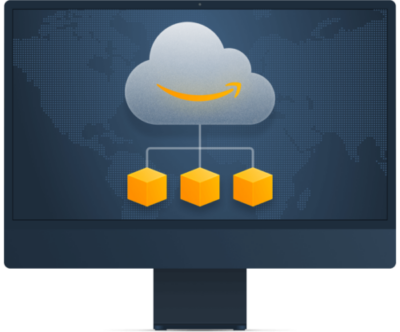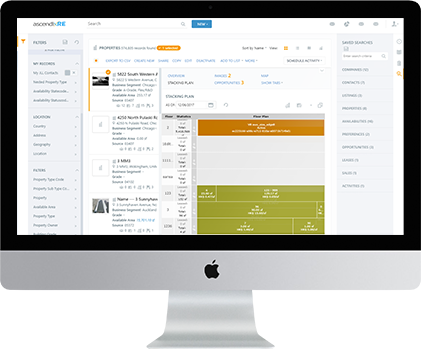One of the leading LMS systems hired us to improve their security model and reduce infrastructure costs.
The client is one of the leading LMS systems in the US with over 300+ customers having hundreds of active users. Initially, the platform was built for teachers to build exams and assessments for their students. Then the project was pivoted: fully rethought and adjusted for the first paid enterprise-level client.
The client’s software platform is utilized across a range of organizational areas such as learning and training, survey research, human resources, leadership, corporate strategy, marketing, and content licensing and delivery.
The client initially contacted us to help improve its security model and reduce infrastructure costs. After a project discovery phase, we have prepared a list of technical issues and technology solutions that would help solve them.
Keep reading the LMS case study to know how we:
- Reduced infrastructure costs for the client
- Introduced the AWS multitenancy architecture
- Improved the client’s multi tenant security model
- Implemented automated deployment pipelines.















